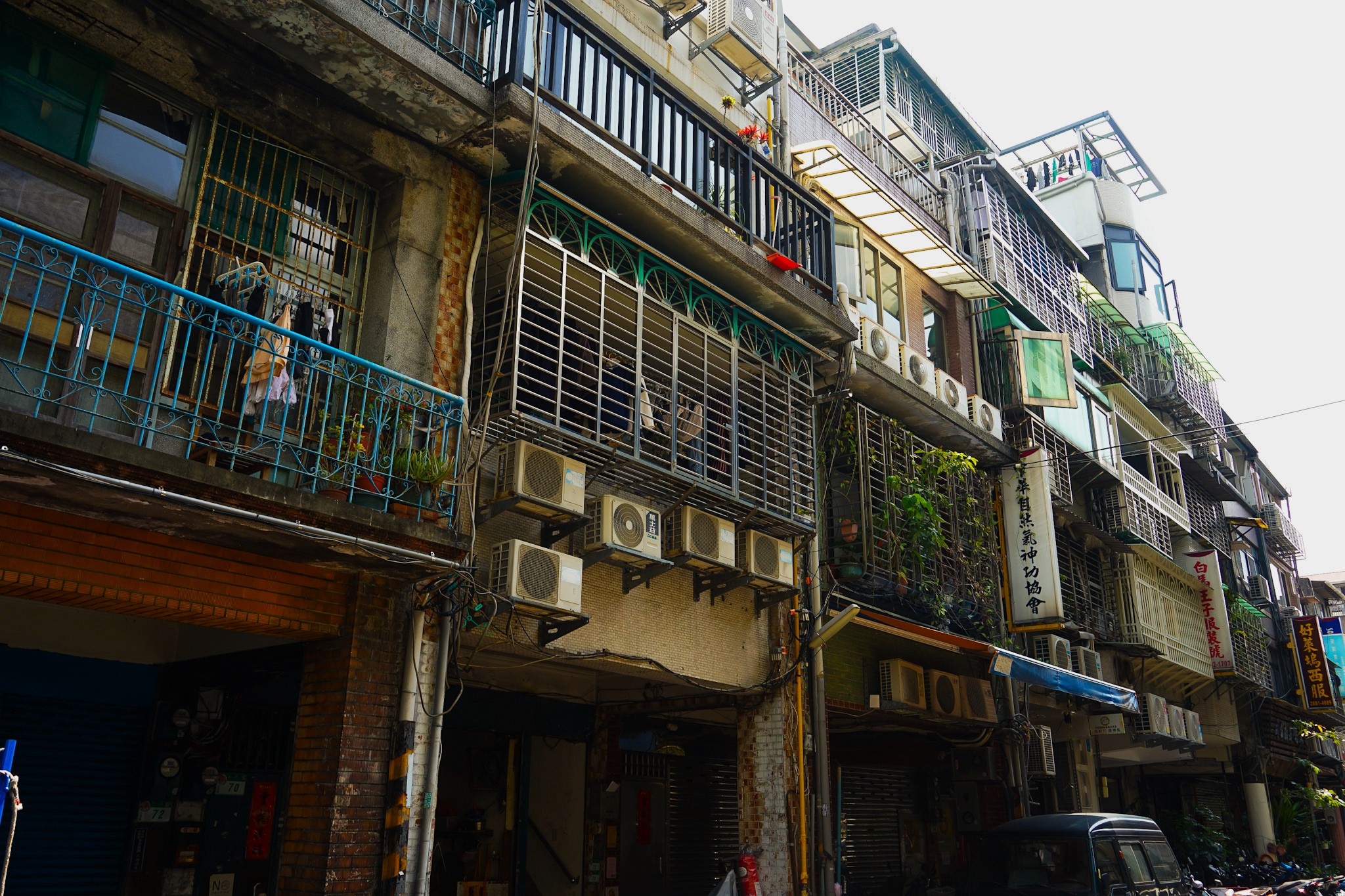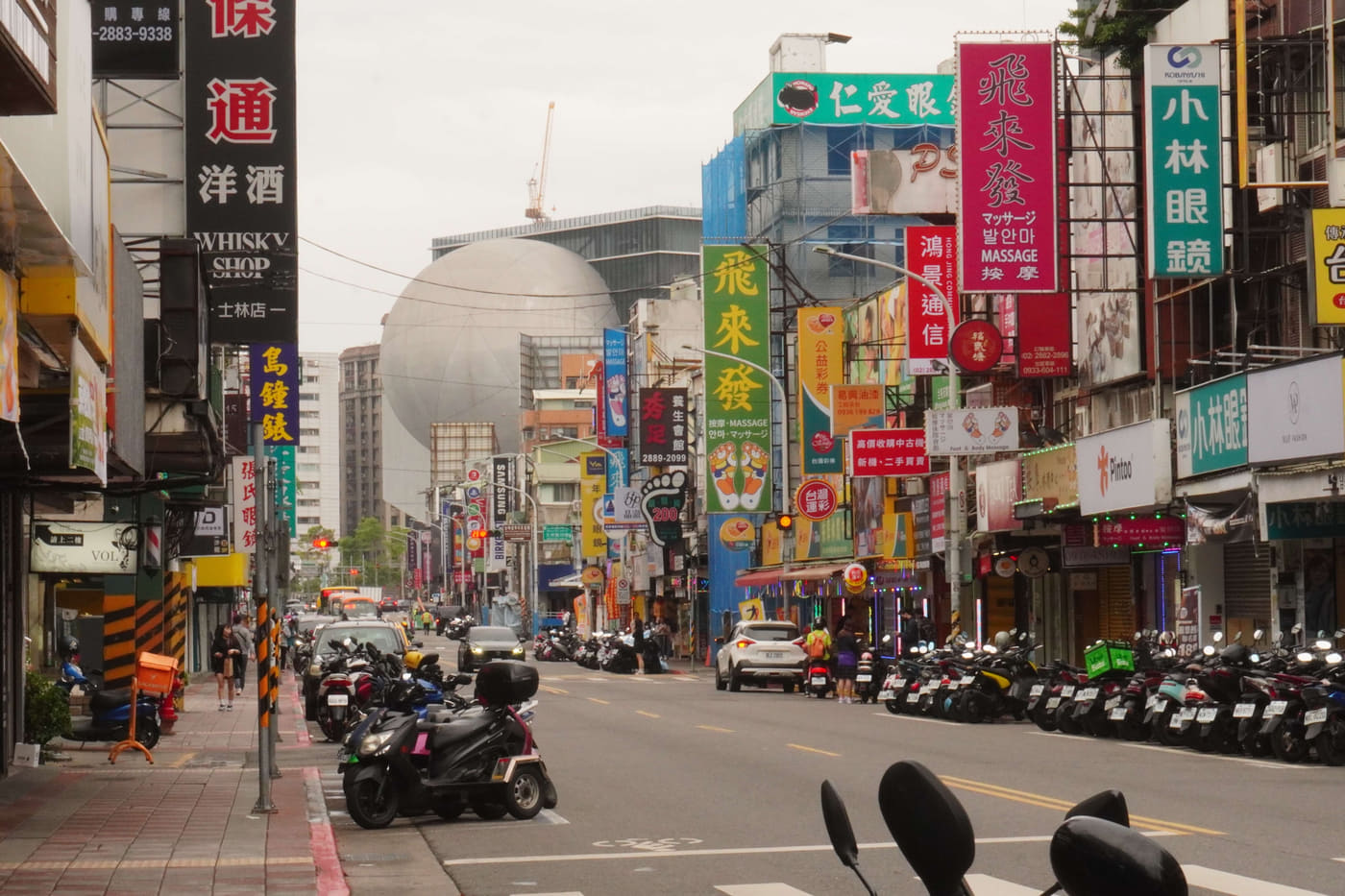Shilin Architecture
(士林建築)

The origin of Taiwan is rooted in its abundant water supply and fertile soil. Historically, the southern part of China lacked a supply of rice due to an excess of infertile soil, often transporting rice from the northern region. During the Qing Dynasty, the island now known as Taiwan appeared to be a viable agricultural solution. The island's clay-like soil proved to be very suitable for the planting of rice and sugarcane, in addition to the plentiful underground supply of water through aquifers and sources from its surrounding mountain ranges.
Having access to water is, of course, a daily necessity. Over the course of the Qing Dynasty, over 15 canal systems were meticulously designed and constructed, connecting throughout Taipei. These canals provided access to water for irrigation, transportation of goods and urban infrastructure like drinking water and sanitation systems.
Click to enlarge the photos
In 1739, the Fudeyang Irrigation Canal (福德洋圳) was built in the Shilin District, playing a large role in the city's development. Fudeyang is the original name of Shilin District: in Taoist beliefs, “Fude” is the lowest god of small villages and “yang” refers to the fertility of Shilin's soil.
Originally the water was intended for the irrigation of surrounding farms, but its function evolved over time. Eventually being used for domestic and industrial use, the canal was even diverted towards Shilin's first paper factory in 1912.
It was a common practice of the ancestors to plant trees along the canal. This provided two main benefits; first, it provided shade and cooling for those collecting water and second, the roots of the trees reduced the erosion along the canal banks. As the function of the canal became more residential, more homes started to incorporate a small bridge-like structure from the street path, over the canal and to the front door. This distinct historical feature can be found throughout the Shilin district.
Although the Fudeyang Canal is mostly dry today, the remaining paths of trees and bridges over dry beds tell the story of what it once was.
